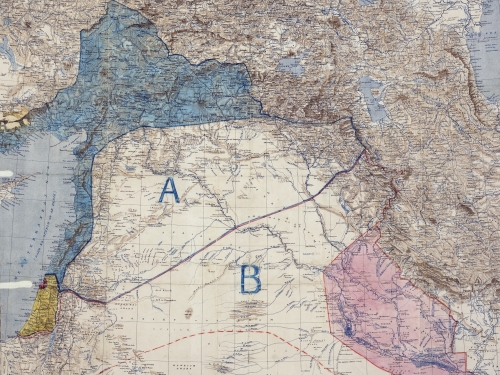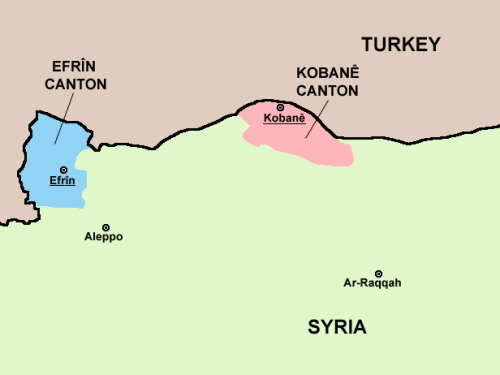
This article was originally published by the Foreign Policy Research Institute (FPRI) on 23 July, 2015.
Events in the Middle East seem to make some commentators and officials forget the fact that borders matter—everywhere, including the Middle East. Most borders reflect the vagaries and irrationalities of history. Sometimes they look arbitrary—history does not usually produce straight lines. Borders frame states, and states are the constituents of the international system and order. Borders bound sovereignty. Their recognition implies acceptance of power within boundaries. For these reasons alone, governments and commentators should take them seriously and be wary of too-easy calls to change them. Just look at the Balkan bloodbaths of the last 150 years for examples other than those in Iraq and Syria of what can happen when borders are torn up or control of borders becomes a politico-military issue. In short, borders are at the heart of international peace, order, and prosperity.




